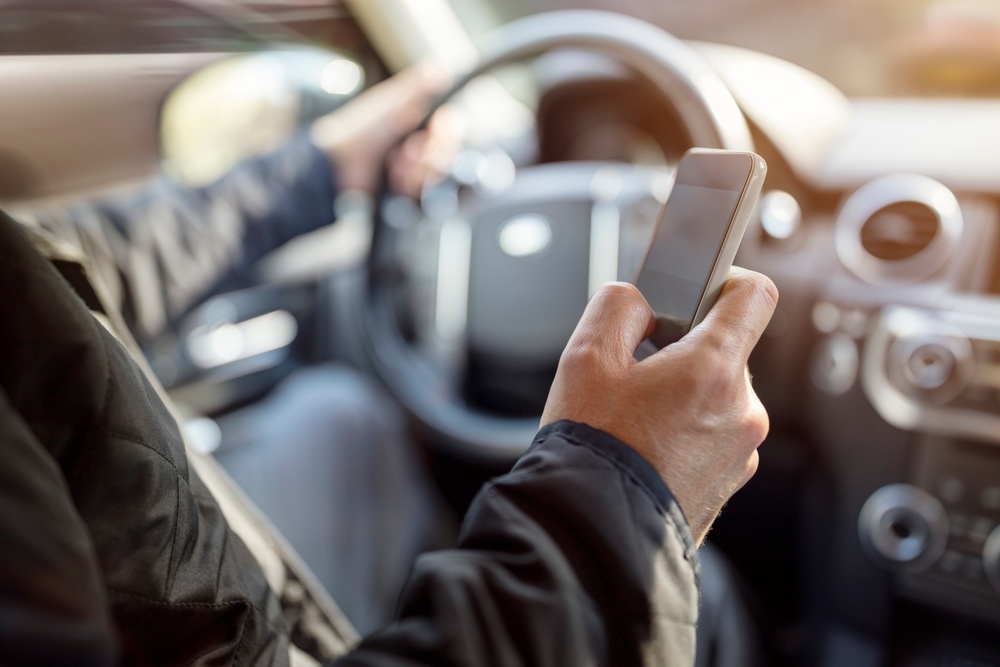 Kill Switch. Sounds kind of menacing, doesn’t it? Kill switch is another name given to GPS disablers and Starter Interrupts installed on vehicles. The primary duty of a kill switch is to keep someone from operating the vehicle, perhaps to steal it or outrun repossession.
Kill Switch. Sounds kind of menacing, doesn’t it? Kill switch is another name given to GPS disablers and Starter Interrupts installed on vehicles. The primary duty of a kill switch is to keep someone from operating the vehicle, perhaps to steal it or outrun repossession.
A starter interrupt allows the vehicle to be disabled remotely. It is employed when the person who took out the auto loan skips payments. The idea is that the car will not start again until payments do. A GPS component helps the loan officer or repossession team to locate the vehicle.
If you take out an auto loan from a dealer that offers Buy Here Pay Here financing, you might expect that dealer to protect the collateral and ensure the loan is repaid. A starter interrupt device is how it’s done.
Want to learn more about financing? Contact us today »
What Is a Starter Interrupt?
There are two main components to a starter interrupt device (SID) — hardware mounted under the dash and a remote into which a code is entered to allow the vehicle to operate for a period of time.
Depending on the model, the starter interrupt can interfere with the spark plug or the engine sensors. It is connected to the engine's circuitry with wires, and when the switch is in the closed position, the circuits close as well, allowing the vehicle motor to operate.
When the switch is in the open position, it disrupts the signal and electrical current, keeping the spark plugs from firing correctly and disrupting combustion.
SIDs are typically used when a customer has a poor credit record or a history of missing payments. This is why dealerships will offer loans “even if you have bad credit.” They have a way of ensuring payment. A starter interrupt also may be installed as part of a post-repossession reinstatement. In other words, to get the car back, you have to agree to a SID being installed on the vehicle before you can drive it away.
How Does It Work?
Some SIDs are designed to require a code to be entered before the engine is started the first time each payment period. Each time you make a payment, you get a new code. If you miss a payment, the old code is disabled, and you won't be able to use the car again until a payment is made.
- The SID is installed when the car is purchased using a dealership loan.
- The customer receives a code that allows the car to start the first time it’s driven, usually off the lot.
- When the time for payment nears, the customer receives a reminder that vehicle operation will end unless payment is made and a new code obtained.
- When a payment is made, the lender accesses the SID software through a web application and updates the file with payment received.
- The system generates a new unique code specific to that device for the customer to use when starting the vehicle.
- The device resets to coordinate with the payment due date and activates the vehicle for another payment period.
Some SIDs include payment reminders. A few days before payment is due, the SID emits a tone or series of tones scheduled by the creditor. If payment is made, all is well. If not…well, no driving for you.
A note about the use of starter interrupt devices: if properly installed, the SID will not shut off the car when it is in motion, so you don’t have to worry about the car just dying in traffic. You should also receive an emergency backup like an 800-number to call or a code to enter if you must drive the car in the case of an emergency.
Most emergency codes last for 24 hours before the vehicle is disabled again. Of course, the customer is expected to use part of that time to make a payment. It’s highly doubtful you would receive a second emergency code otherwise.
Ready to get a new set of wheels? Call us today at 281-393-0085 »
Who Uses SIDs and Why?
As we hinted above, car dealerships, sub-prime lenders, or other creditors who offer car loans often install a SID in the vehicle before you drive it off the lot. You should receive notification that the device is in place and active as well as when it may be deployed.
Obviously, these lenders prefer to be paid back, so they rely on the SID to modify the payer’s behavior if it deviates from the required. When the behavior modification is successful, the lender’s cash flow and accounts receivables improve. Also, the lender doesn’t need to pay for collection activities or deal with delinquencies. If a GPS component is included, repossession costs go down as well.
The benefit isn’t just one-sided. The customer learns to make payments in full and on time, which helps repair a bad credit record. The dealer gets paid on time and stays in business; the customer pays on time and improves his or her credit score. Win-win!
Best Practices for Using SIDs
Everything works best when customers understand that a SID has been installed, how it operates, and what to do in the case of an emergency.
- The dealership should use trained and experienced personnel to install the device.
- Dealers should have their attorneys review all documentation associated with the use of the device for compliance with state and federal law.
- You should receive full written disclosure that states the device has been installed on your vehicle, how it works, what to do in case of emergency, and anything else the attorney says is necessary for complete compliance.
- The dealer may not pass the cost of the device on to the customer, including airtime renewal, installation, or any other expense related to obtaining credit. A SID is to be treated like a utility - an item of overhead.
- All anti-discrimination laws are enforced; the dealer must not discriminate in requiring the device in any way that violates the law.
Failure to disclose the installation and use of a SID may be illegal in some states and definitely goes against industry best practices. The dealer should monitor complaints and resolution processes, and share them with the device vendor. Also, the dealer should keep track of issues as reported by the vendor.
If you are purchasing a vehicle using a dealership loan because your credit history or payment record is poor, you should understand that a starter interrupt or GPS disabler may be installed in the car before you take possession.
The dealer is required by best practices and, in some cases, by law, to tell you the device is there, when it will be used, and what to do if you must drive the car after it has been disabled.
Consider that you are repairing your credit with a little automated assistance. Maybe the next time you need a car loan, you will have a better choice.




